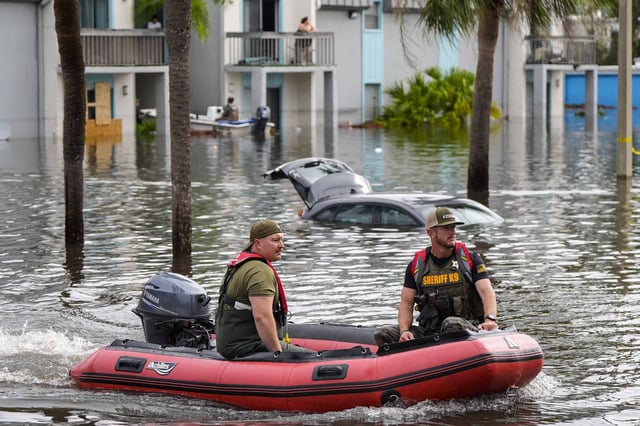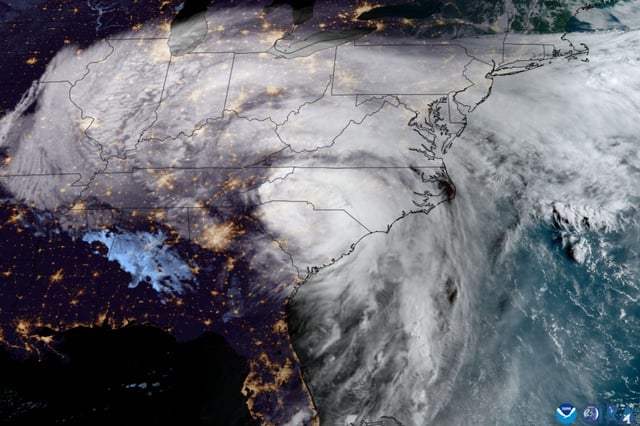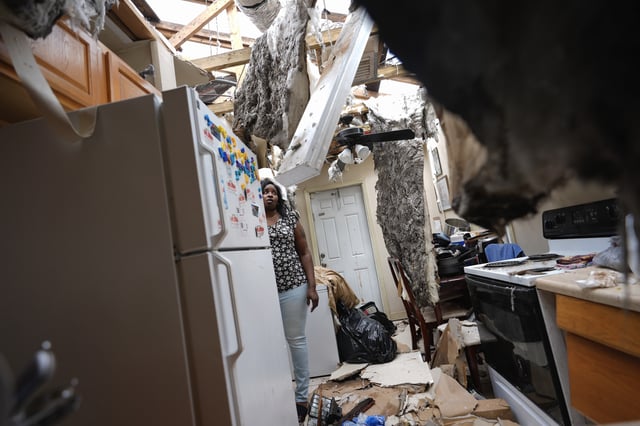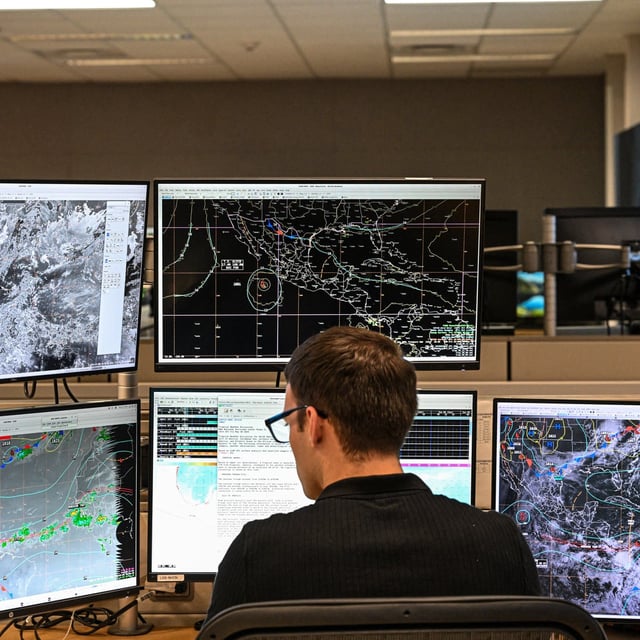Overview
- NOAA postponed the planned June 30 termination of microwave data ingest, processing and distribution at the request of NASA’s Earth Science Division director.
- There is currently no interim solution to replace SSMIS feeds before the next Defense Department weather satellite goes online in October.
- SSMIS microwave sounders uniquely penetrate clouds to reveal a storm’s inner three-dimensional structure, improving rapid intensification detection and nighttime tracking.
- Hurricane specialists warn that losing half of all microwave scans will degrade track and intensity forecasts during the peak of an above-average season.
- NOAA justified the data pull-back as routine rotation and cybersecurity mitigation following broader Trump administration budget and staffing reductions at the agency.



